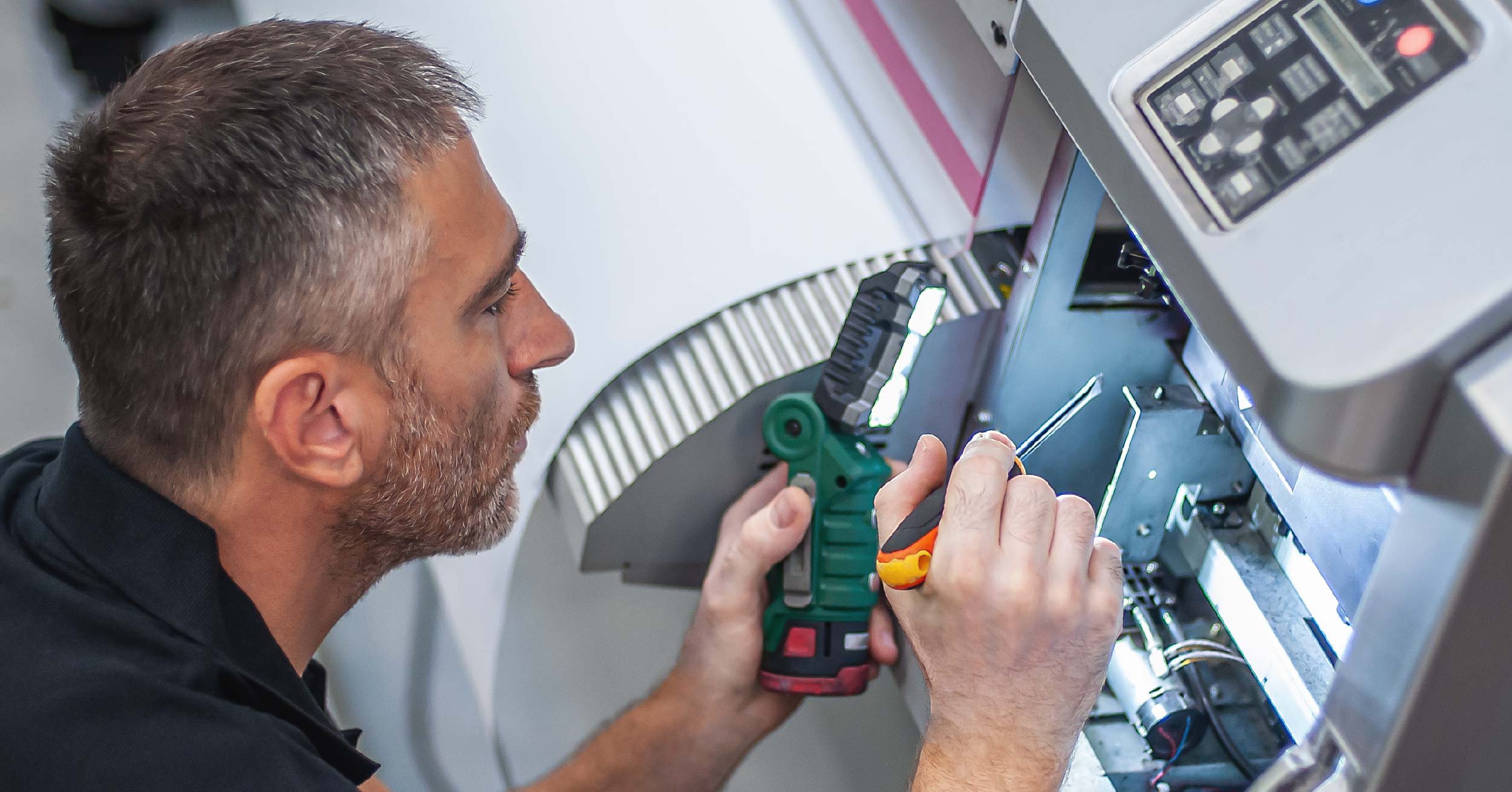Do you know what your organization is spending on print costs every year? If not, go ahead and take a wild guess…and then add another 30–40% to it. Now you’re probably in the ballpark! And, by the way, if that number seems unlikely, here’s some data to back it up: Companies that don’t track their print costs tend to underestimate them by as much as 40%.
I don’t know what your number is, but now you probably understand why so many businesses have decided to start paying attention to what they’re spending. But to do that, you need to consider more than just paper and ink. In this blog, I’ll cover the obvious and not-so-obvious costs you should include in your math.
Understand Print Costs for Your Business
Inflation has been dramatic in the past few years, but it’s been particularly unkind to the printing industry. Those cartridges are expensive, but if you’ve been thinking about trying to use “compatible” ink and toner cartridges to save money, you might end up costing your company a fortune. There’s a better way to save, but you’ll have to do a deep dive into each of these five areas to see where your money’s really going.
1. Equipment
Start first by assessing your printing equipment. How many devices do you have? Don’t laugh — 90% of businesses in North America don’t know the answer to this question! When you assess your printing equipment, don’t overlook personal printers, fax machines, industrial or thermal printers, or copiers. While you’re doing this, make sure to note which equipment you own, lease, or are under contract.
Hint: If you’re not sure, ask your accounting department about any current leases or print-related contracts!
Once you’ve finished assessing your current equipment, give some thought to your future needs. Is your organization growing? Will your print needs change in the next five years? If so, you’ll probably need to add additional printing devices soon, and that might change your math.
2. Maintenance and Service
When your printer breaks down – what do you do? You probably pay a one-time maintenance fee or you have a contract with your equipment provider that includes ongoing service and maintenance.
Gathering this information can be a chore, as you might uncover devices with different vendor contracts, warranties, and service agreements. However, organizing this information in one location will make it easier to see where you can save your organization quite a bit of money. You know, the sort of stuff that can get you promoted.
3. Supplies
Next, consider all the supplies that your printing devices use, including paper, staples, toner, print media, and the like. Review all ways these items are being purchased or ordered.
Depending on the size of your company, consider moving these supplies into one or two central areas, so they can be more easily monitored. You might find out that your printing expenses are more predictable than you might have thought. For example, your costs may be higher towards the end of each quarter.
4. Employee Burden Rate

Need to convince your boss to start paying attention to print costs? These costs are pretty much guaranteed to raise some eyebrows.
How often do employees have to spend time resolving a paper jam, troubleshooting a networked printer, ordering supplies, or scheduling maintenance? How often do your IT people have to drop what they’re doing to work on your printing equipment? If you’re not sure, ask, and your IT team will probably have an earful for you. Their time is expensive, and if they’re spending a ton of it on your printing equipment, you’re not getting the ROI you should be.
One recent estimate found that up to 50% of helpdesk calls are printer-related, so ask around. Get a good sense of how much time your printers are taking, and who they are taking it from. Crunch some numbers and drop some jaws.
5. Equipment Lifecycle
Your printer is just like any other piece of equipment — the more you use it, the more quickly it depreciates. And if you own it, check the warranty information to get a better handle on what’s covered and for how long.
Just because it’s still working doesn’t mean you should still be using it. Outdated equipment can cost you more in energy use, maintenance, repairs, and parts. It can also contain hidden security risks.
An Easier Way To Find Your True Cost of Printing

If you do all of these things, you’ll accomplish quite a bit. But let’s be honest — your IT folks might not be the only ones whose time might be better spent on other things. A thorough print assessment will also probably produce more data, and faster. That’s why so many businesses prefer to turn over this little job to managed print services (MPS) providers, who can save their clients up to 30% on print costs.
So I’ve got two cheats for you. The first one is just…ask us. At Marco, we offer free professional print assessments. The second cheat is our print costs calculator. It’s a free, easy-to-use tool that can help clarify where your money is going, and where a few changes could potentially have a big impact.
What Do You Currently Pay for Printing?

